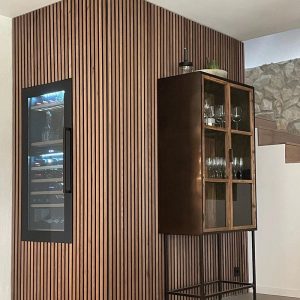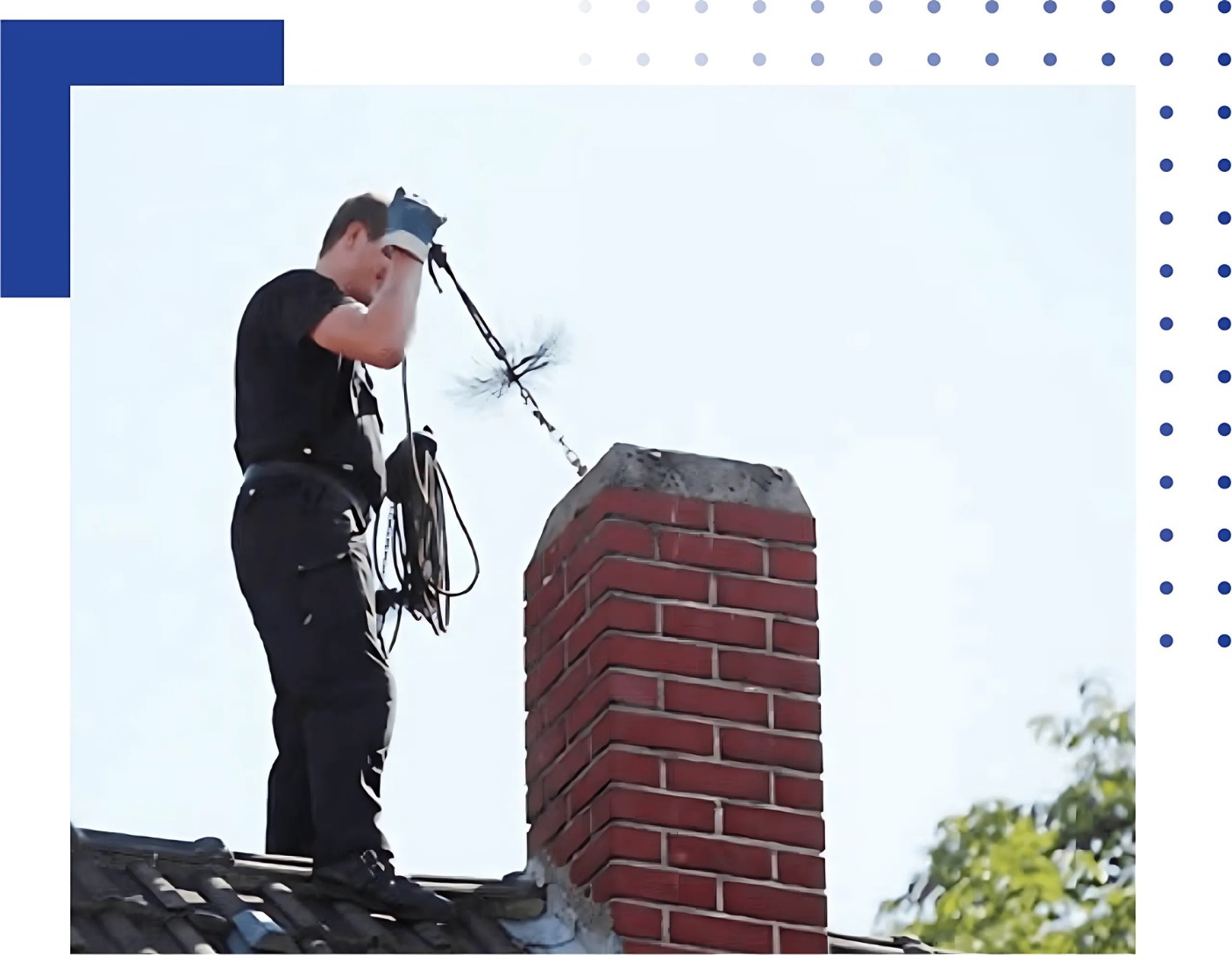
Elevate Your Home Design with PVC Wall Panels: The Ultimate Guide
If you’re seeking a way to refresh your interiors without the mess and cost of traditional renovations, look no further than PVC wall panels. These versatile panels offer a quick, stylish, and practical solution for transforming any space. Whether you’re updating a bathroom, kitchen, or living room, PVC wall panels provide an attractive finish that is both functional and easy to maintain. This guide will walk you through the benefits, design options, applications, and much more to help you make the best choice for your home. With their versatility,
can transform any room in your home with minimal effort.
Why PVC Wall Panels Are the Ultimate Choice for Your Home
PVC wall panels have become a popular option for homeowners and interior designers due to their affordability, ease of installation, and durability. These panels are made from high-quality PVC materials, which make them ideal for areas prone to moisture, such as bathrooms and kitchens. Here’s why they stand out:
Durability That Lasts for Years
One of the most significant advantages of PVC wall panels is their durability. Unlike traditional wall finishes like paint or wallpaper, PVC panels are built to last. They are resistant to cracking, peeling, and fading, ensuring your walls stay looking fresh and vibrant for years.
Moisture-Resistant for Wet Environments
PVC wall panels are specifically designed to withstand moisture. This feature makes them perfect for use in wet areas like bathrooms, kitchens, and laundry rooms. Since they do not absorb moisture, they are resistant to mold, mildew, and water damage, which are common issues with other wall materials. One of the best features of
is how easy they are to maintain over time.
Easy to Install and Maintain
PVC panels are lightweight and easy to install, even for DIY enthusiasts. They can be fitted quickly, often without the need for professional installation. Additionally, these panels require minimal maintenance—just a quick wipe with a damp cloth will keep them looking pristine. There’s no need to worry about repainting or repairing damaged surfaces.
Aesthetic Versatility to Match Any Style
PVC wall panels come in a wide range of designs and finishes, allowing you to create any look you desire. Whether you prefer the timeless elegance of marble, the rustic charm of wood, or a sleek modern style, there’s a PVC panel design to suit your taste.
Exploring the Different Styles of PVC Wall Panels
When it comes to style, PVC wall panels have you covered. From classic looks to contemporary finishes, here’s a breakdown of the most popular styles:
Classic Marble and Stone Effects
For an opulent and timeless look, marble and stone-effect PVC panels are a fantastic choice. These panels offer the elegance and beauty of natural stone without the hefty price tag or maintenance. Whether used in bathrooms, kitchens, or living rooms, they create a luxurious atmosphere that enhances your space.
Warm Wood and Stylish Tile Designs
Wood-effect PVC panels bring warmth and texture to any room, replicating the appearance of real wood without the upkeep. These panels are perfect for creating a cozy, inviting atmosphere in living areas or bedrooms. If you’re looking for a classic, easy-to-clean option for kitchens or bathrooms, tile-effect panels are a great choice. These panels mimic the look of ceramic tiles but are much easier to install and maintain.
come in a variety of finishes that can match any interior design theme.
Modern Sparkle and Gloss Finishes
For a contemporary touch, consider high-gloss or sparkle-effect PVC panels. These panels reflect light, making any room feel brighter and more spacious. Ideal for modern homes and commercial spaces, they create a striking, polished look that elevates your interior design.
The Versatility of PVC Wall Panels: Ideal for Every Room
One of the best features of PVC wall panels is their versatility. These panels can be used in almost any room in your home, allowing you to customize your space with ease.
Bathrooms: Moisture-Proof and Stylish
PVC wall panels are a popular choice for bathroom renovations. The panels’ water-resistant properties make them perfect for wet environments, such as showers and bathtubs. They provide a seamless, hygienic finish that’s easy to clean and maintain. Say goodbye to moldy grout lines and cracked tiles—PVC panels are the perfect low-maintenance solution for bathrooms.
Kitchens: Practical and Elegant
Kitchens are another area where PVC wall panels truly shine. These panels protect walls from splashes and stains while adding a touch of style to the space. With a wide range of finishes available, you can easily match the panels to your existing décor. Whether you choose sleek, glossy panels for a modern kitchen or wood-effect panels for a more rustic look, PVC panels provide both beauty and functionality.
Living Rooms and Bedrooms: Create Statement Walls
PVC wall panels aren’t just for kitchens and bathrooms—they can also be used to create stunning feature walls in living rooms and bedrooms. Choose from a variety of textures, such as wood or stone, to create a unique focal point in your space. With their easy installation and beautiful designs, PVC panels can completely transform any room.
Additional Benefits of PVC Wall Panels
Beyond their aesthetic appeal, PVC wall panels offer a variety of other advantages that make them a great choice for any home.
- Eco-Friendly: Many PVC wall panels are made from recyclable materials, making them an environmentally friendly option for your home.
- Cost-Effective: PVC panels are generally more affordable than other wall finishes, such as tiles, wood paneling, or marble, without compromising on quality or style.
- Soundproofing Properties: Some PVC panels have soundproofing qualities, making them ideal for areas where noise reduction is essential, such as bedrooms or offices.
- Variety of Thicknesses: PVC wall panels come in various thicknesses, giving you the option to choose a panel that best fits your needs, whether you’re looking for added insulation or a slimmer design.
Frequently Asked Questions About PVC Wall Panels
How Do I Install PVC Wall Panels?
Installing PVC wall panels is relatively easy and can often be done as a DIY project. Most panels come with a tongue-and-groove design that clicks together, making installation straightforward. You may need basic tools like a saw to trim the panels and adhesive to secure them to the wall.
Are PVC Wall Panels Suitable for Commercial Spaces?
Yes, PVC wall panels are widely used in commercial spaces such as offices, restaurants, and retail stores. Their durability and low maintenance make them a great option for high-traffic areas.
Can PVC Wall Panels Be Painted?
While PVC wall panels come in a variety of finishes, they can also be painted if you want to change their color. However, it’s important to use the correct type of paint to ensure long-lasting results.
How Do I Clean PVC Wall Panels?
PVC wall panels are very low-maintenance. Simply wipe them down with a damp cloth or use a mild cleaner for tougher stains. They do not require any special cleaning products or frequent maintenance.
Conclusion: Why PVC Wall Panels Are the Best Choice for Your Home
PVC wall panels offer a practical and stylish solution for any room in your home. With their durability, moisture resistance, and aesthetic versatility, they provide the perfect balance of form and function. Whether you’re renovating your bathroom, updating your kitchen, or adding a feature wall to your living room, PVC wall panels are the ideal choice for transforming your space.
